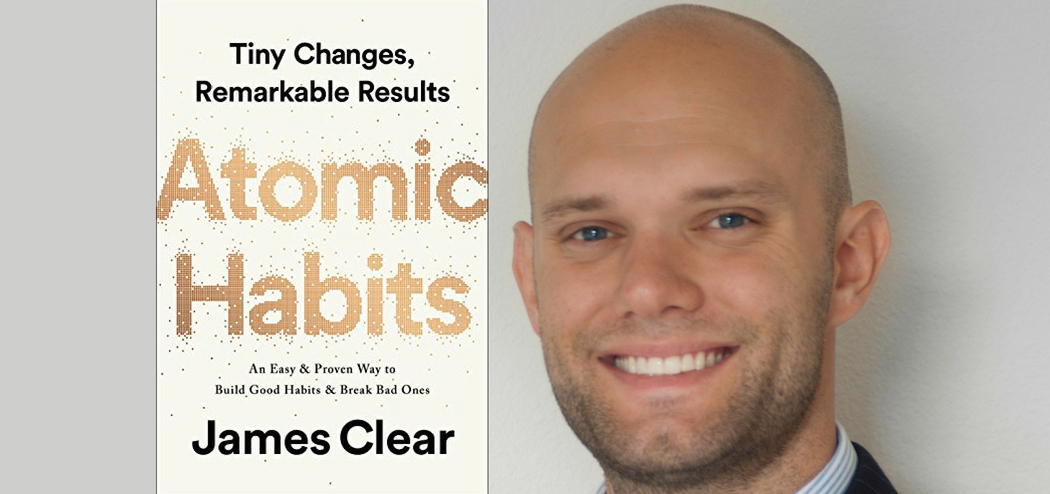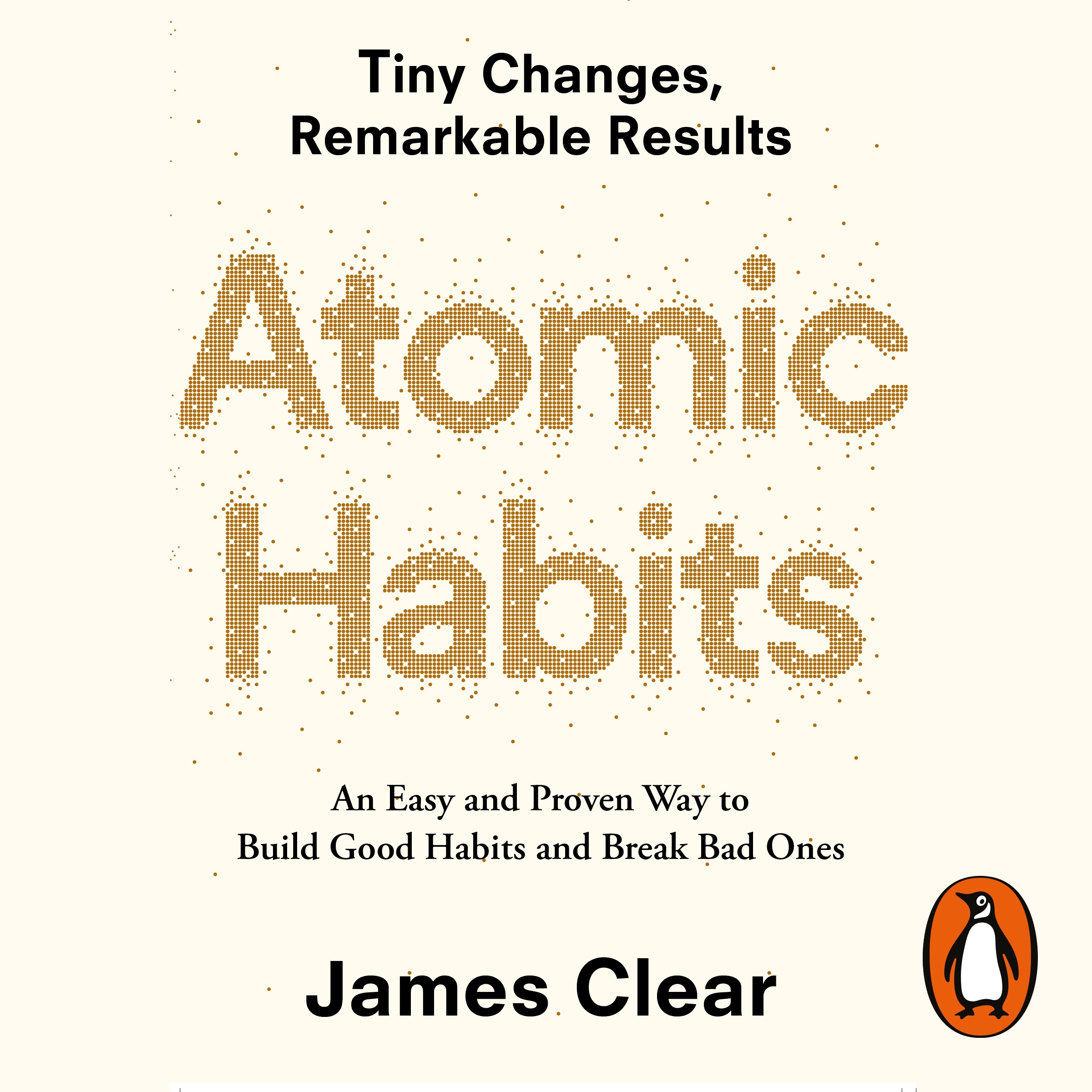
Make it obvious: Use cues already in your environment to introduce new habits.There are four steps to better habits: make it obvious (cue), make it irresistible (craving), make it easy (response), and make it satisfying (reward). Habit formation streamlines everyday approaches to expend as little time and energy as possible, freeing up space for new things.“Each action you take is a vote for the type of person you wish to 0become.” “Identity change” is a focus at the macro level on beliefs, paradigms, self-image, and bias and produces the most powerful and lasting change.The focus is on long-term systems versus simply setting goals.


"I may be a project management expert, but managing myself was different.
#Atomic habits media software
Phil McParlane, the founder of 4 Day Week, which lists software jobs offering work-life balance, told Insider he implemented habit stacking into his workflow after reading "Atomic Habits." Clear gives credit for this concept to BJ Fogg's Tiny Habits program and calls it "habit stacking." It's easier to add a new habit to an existing one, and the new habit can be an improvement of some kind. When you want to make a change, one way to do that is to link a new habit to an old one. She also revamped her website and integrated an email platform with SMS software that would allow her to keep customers engaged in the future.Īnd it's working: "The Kind Poppy's customer engagement rate has increased 40% through our revamped marketing system," Grant said.

"Previously, I cast a very broad net for my social-media marketing, with the occasional boosted ad and targeted SEO campaigns," Grant said.īy using a more efficient marketing system, she said she was able to increase her e-commerce traffic and collect more customer data, which increased sales. However, she's focusing on creating systems around her marketing campaigns, expanding her product ideas, and educating herself on e-commerce growth. The owner and founder of The Kind Poppy, which sells vegan and cruelty-free bath and beauty products, said that she still has goals for her business. "Goals are good for setting a direction, but systems are best for making progress."Īutumn Grant told Insider this concept completely changed her outlook on business. One of the core themes in "Atomic Habits" is to focus "on the overall system, rather than a single goal," Clear writes. Here's what other business owners like Pierce had to say about the lessons they gleaned from "Atomic Habits," and how they helped improve their work. "Having a better work-life balance helped to reduce stress, which in turn helped me to be a more effective leader, since I had more patience when dealing with challenges and more time to spend overseeing my team," he said. In three months, he said, he was working at least 20 minutes less each day, and by the end of one year he had managed to save an average of 34 minutes every day. After reading it, Pierce told Insider he decided to reduce his overtime by at least 1% each day, starting with shaving seven minutes off the first day.


 0 kommentar(er)
0 kommentar(er)
